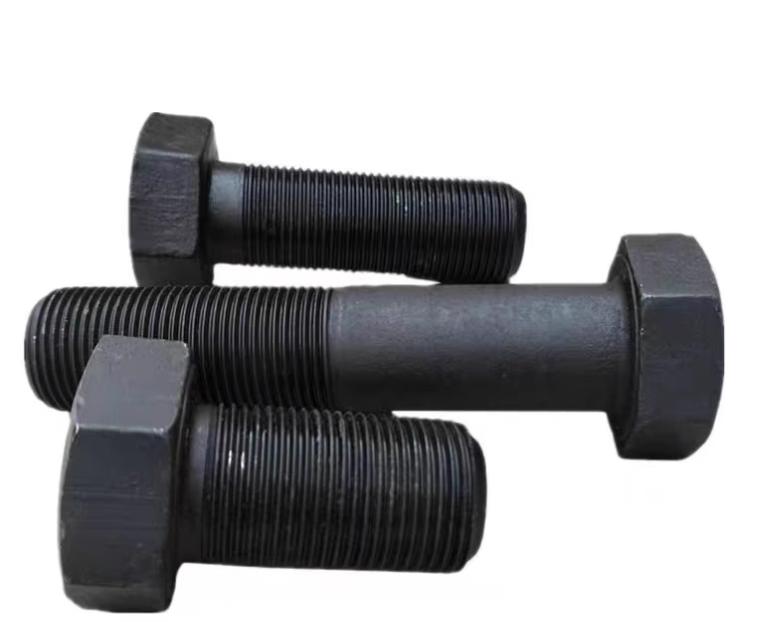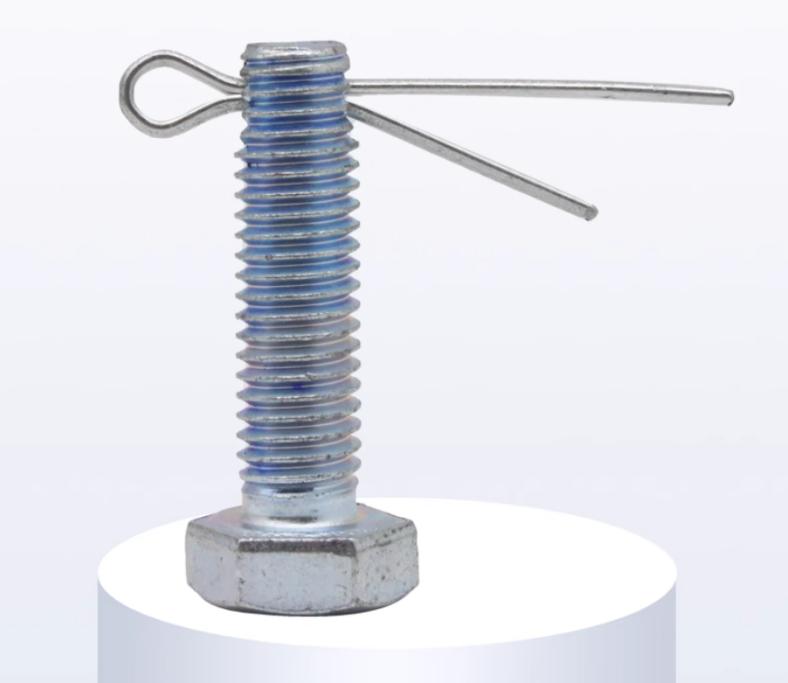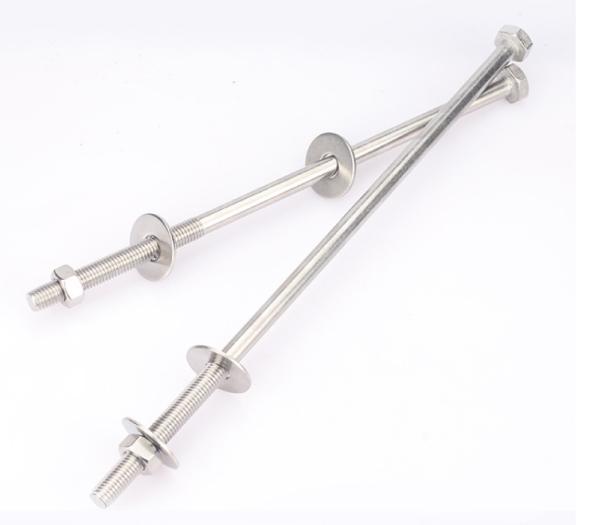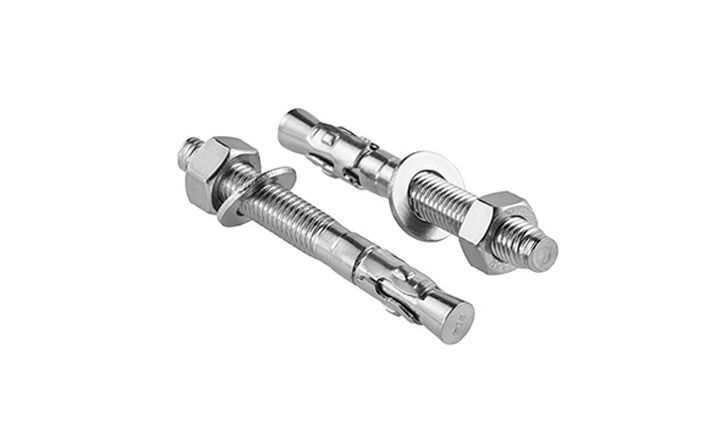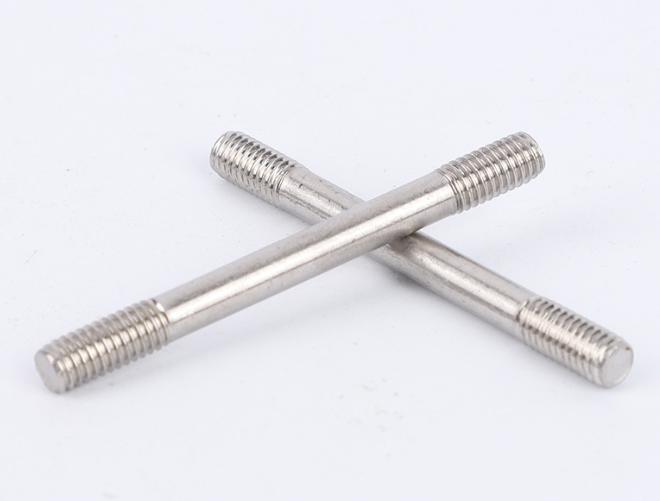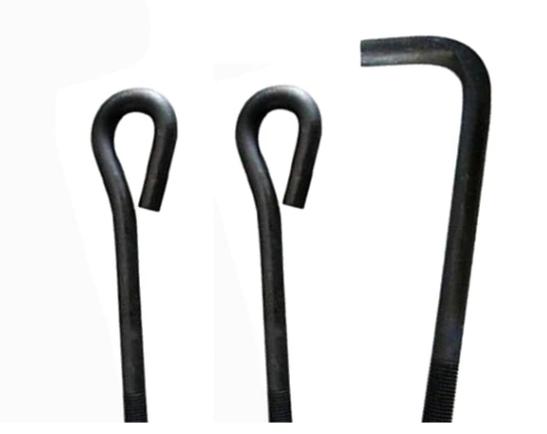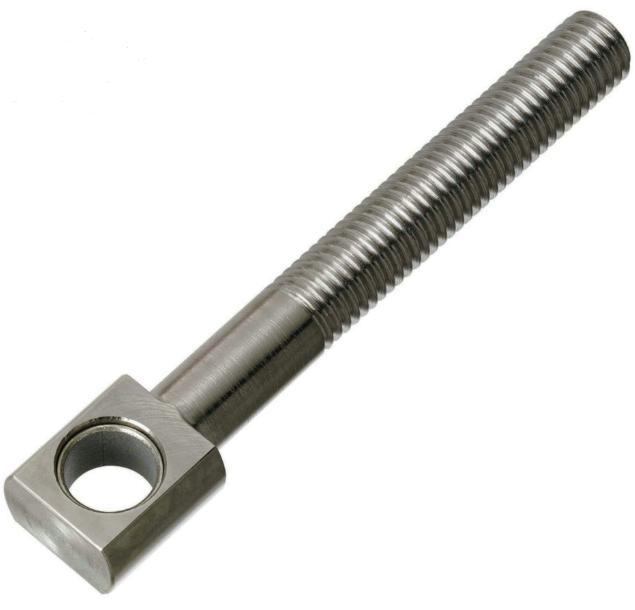How to Torque Bolts without a Torque Wrench?
When it comes to assembling components, establishing adequate bolt torque is critical for maintaining structural integrity and minimizing joint failure. While torque wrenches are the recommended instrument for getting correct torque values, situations may arise where a torque wrench is not available. In such instances, knowing how to achieve adequate bolt torque without a torque wrench is critical. In this article, we focus on the topic of how to torque bolts without a torque wrench, exploring alternative methods and techniques used to achieve accurate bolt torque without a wrench.
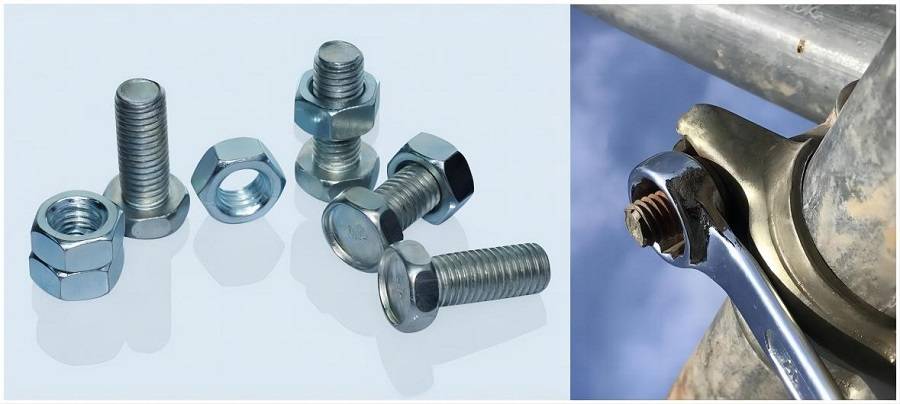
What are the Alternative Methods of Torquing Bolts without a Torque Wrench?
1. Use a Manual Torque Chart
Many manufacturers include torque specifications in their manuals or literature. These charts show the acceptable torque values for various sizes, thread types, and materials of different types of bolts. While utilizing a torque wrench is the most precise technique, manually following these parameters can achieve a decent level of accuracy.
2. Hand Tightening and Feel
Experienced mechanics typically develop a “feel” for appropriately tightening bolts. This technique involves using your hands and a wrench to tighten the bolt until it feels snug. Then, use an additional quarter turn (90 degrees) to achieve the appropriate torque. This method requires experience and practice to avoid over-tightening.
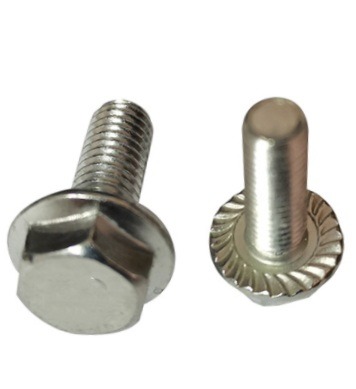
3. Angle Tightening
Angle tightening is a more complex technique that involves measuring the degrees of rotation imparted to the bolt with a protractor or angle gauge. Angle parameters are sometimes provided by manufacturers in addition to torque values. To apply this procedure, tighten the bolt to the recommended torque and then turn it by the specified number of degrees with the angle gauge.
4. Visual Indicators
Some bolts are designed with features that indicate whether they are correctly tightened. Some bolts, for example, include lines or marks on the bolt head that must align with similar marks on the component. This method can be helpful for creating consistent torque, but it is critical to verify that the markers are precisely aligned.
5. Use of a Torque Angle Gauge
A torque angle gauge is a specialized equipment that aids in obtaining the required angle of rotation while tightening. This procedure is very handy when the manufacturer specifies angle tightening. The torque angle gauge is attached to the bolt and displays the angle of rotation.
6. Use a Beam Type Torque Wrench
If you don’t have a click-type torque wrench, a beam type torque wrench might be used instead. To indicate the applied torque, this wrench has a calibrated scale and a pointer. A beam type wrench, while not as precise as a click type wrench, can provide a reasonable approximation of torque.
7. Seek Professional Help
When in doubt, seek professional guidance, especially in important applications. Experienced technicians can often provide guidance and ensure that bolts are torqued correctly.
8. Gradual and Uniform Tightening
Whatever method you use, one basic idea remains: tighten bolts gradually and uniformly. Apply equal force to all bolts to achieve even load distribution and to avoid mechanical imbalances.
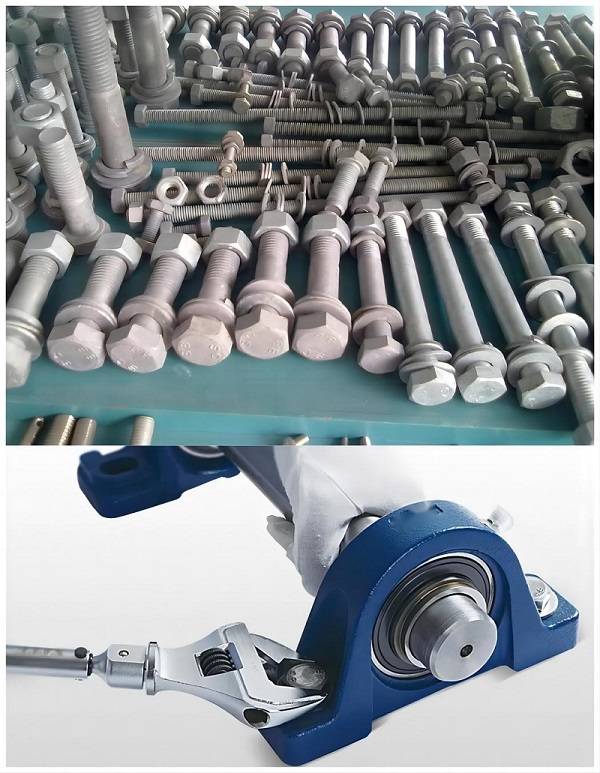
What are the Cautions of Torquing Bolts without a Torque Wrench?
Torquing bolts without a torque tool is a solution in some cases, but it comes with dangers and obstacles. Here are some crucial things to keep in mind when adopting alternative methods
1. Inconsistent Torque
One of the most serious consequences of not utilizing a torque wrench is uneven torque across bolts. Even skilled technicians may struggle to apply the same amount of force to each bolt on a consistent basis. Inconsistent torque distribution can result in unequal load distribution, weakening joints, and jeopardizing structural integrity.
2. Over-Tightening
When torquing without a torque wrench, it is typical to overtighten bolts. Excessive force can cause bolts to be stretched beyond their elastic limitations, resulting in bolt failure, stripped threads, or even component damage. Bolts that are overtightened can also cause stress concentrations that diminish the overall strength of the assembly.
3. Under-Tightening
Under-tightening bolts, on the other hand, can result in joints that are not firmly attached. Loose bolts can cause vibration, movement, and joint failure. This is especially concerning in critical applications where safety is of the utmost importance.
4. Material Damage
Excessive torque applied without a torque wrench can damage the threads on bolts and components. Damaged threads can limit fastener efficacy and jeopardize the assembly’s overall structural integrity.
5. Varying Friction
The friction between surfaces can have a substantial impact on the torque required for proper attachment. Different lubricants, surfaces, and circumstances can cause differences in friction, making it difficult to determine the required torque without a torque wrench.
6. Precision and Calibration
Torque wrenches are calibrated equipment that offers repeatable and accurate torque values. It is impossible to ensure the precision required for important applications without a torque wrench.
7. Application Specifics
Torque requirements vary depending on the application and material. It’s difficult to correctly tailor torque to suit these specific needs without a torque wrench, which could lead to performance concerns or safety risks.
8. Safety Concerns
Proper torque is crucial in applications where safety is paramount, such as aircraft, automotive, or industrial equipment, to prevent accidents, component failures, and serious harm.
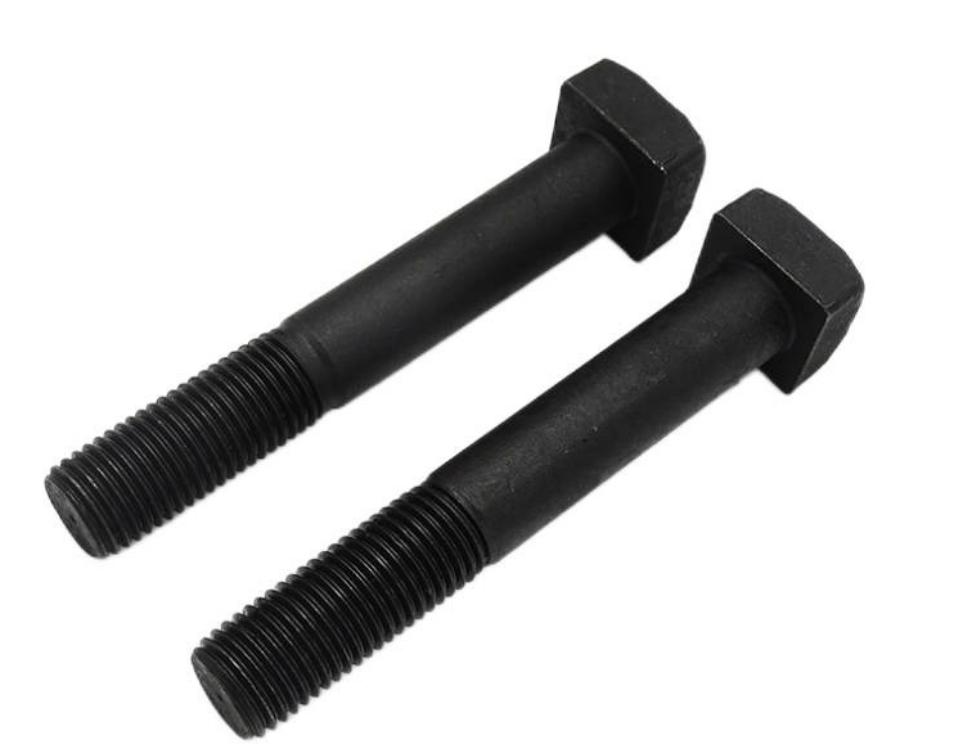
While alternative methods can provide a temporary solution in the absence of a torque wrench, they are not without risk. When torquing bolts without a torque wrench, focus on uniformity, consistency, and caution.
Conclusion
While alternative methods can provide a temporary solution in the absence of a torque wrench, they are not without risk. When torquing bolts without a torque wrench, focus on uniformity, consistency, and caution.

